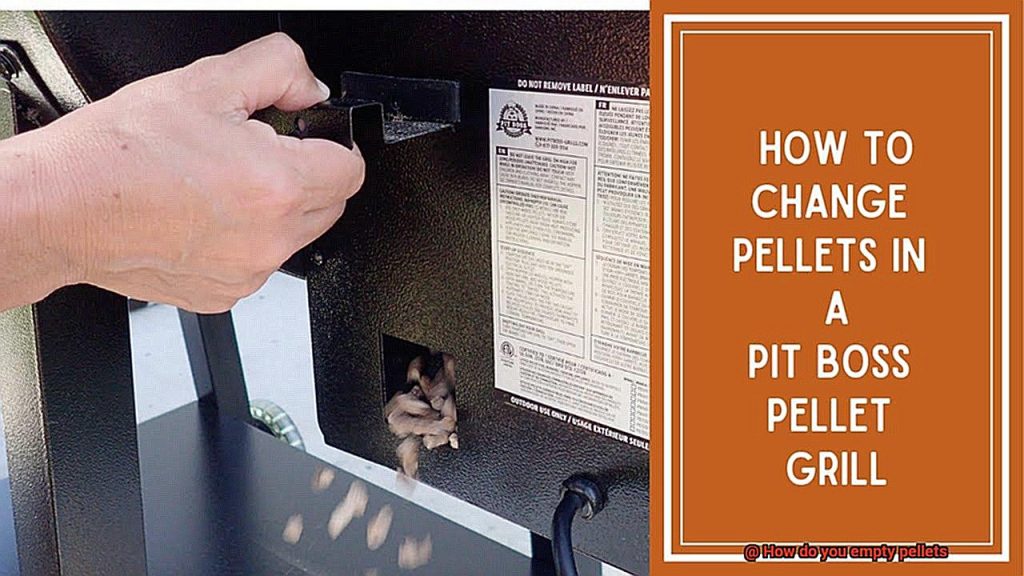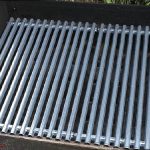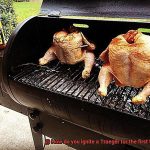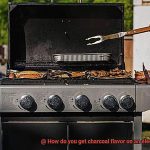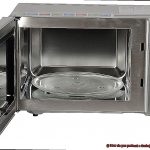Do you ever struggle with the task of emptying pellets from their bags or storage containers? Whether you’re using them for fuel, animal feed, or any other purpose, it can be a daunting task. But fear not, because we’re here to help.
Emptying pellets may seem like a simple process at first glance, but it actually requires some knowledge and technique. That’s why we’ve created this blog post to guide you through the process step by step.
In this post, we’ll cover two main methods of emptying pellets: using a pellet scoop or a vacuum. And don’t worry if you’re new to this – we’ll also share some helpful tips and tricks that will make the task much more manageable.
So whether you need to empty pellets for your fireplace or for your furry friends’ food, we’ve got you covered. Sit back, relax, and read on to learn how to empty pellets easily and efficiently.
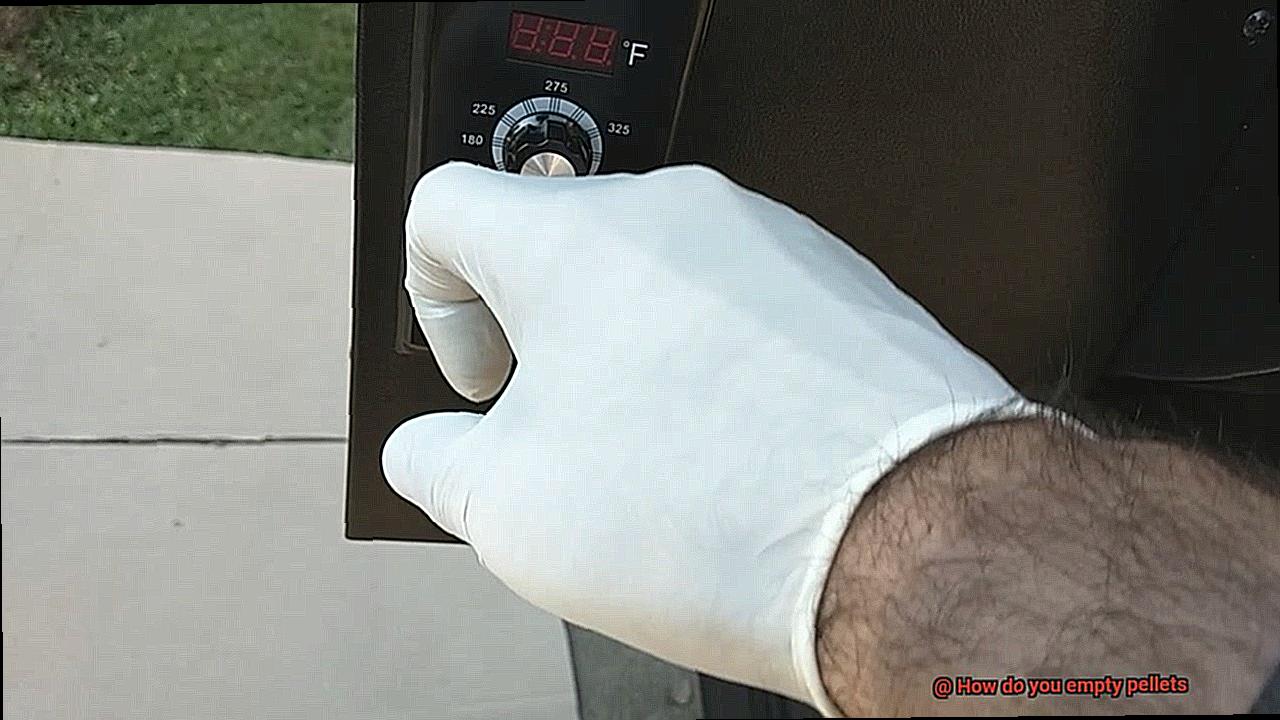
Contents
What are Pellets?
These small but mighty cylindrical pieces of compressed wood, sawdust, or other biomass are the eco-friendly and efficient way to heat your home or cook up a delicious BBQ feast. Pellets are often made from waste materials such as sawdust, wood shavings, or agricultural waste, making them an eco-friendly choice for heating and grilling.
The process of making pellets is fascinating. The raw materials are compressed under high pressure, which causes the lignin in the wood to bind the pellets together without any additional chemicals or binding agents. This compression creates small cylindrical pieces that are about 1 inch long and ¼ inch in diameter.
Pellets offer many benefits when it comes to fueling your grill or stove. One of the significant advantages is their high energy density. They produce a lot of heat for their size and burn clean and efficiently, producing very little ash or smoke compared to traditional wood or charcoal fuels. Plus, they come in a variety of flavors such as mesquite, apple, cherry, and hickory, which can add a unique taste to grilled foods.
When it comes to handling pellets, safety should always come first. Always make sure that the grill or smoker has cooled down completely before attempting to empty the hopper. The pellets can ignite if they come into contact with hot surfaces, causing a fire hazard.
If you’re wondering how to properly empty pellets from your grill or smoker, here are some tips. First, remove any unused pellets from the hopper and place them back in their original packaging or store them in an airtight container to prevent moisture from getting in and causing clumping. Next, use a scoop or vacuum to remove any remaining pellets from the hopper. Be thorough and remove as many pellets as possible to prevent any buildup or clogs in the auger system. Finally, clean out the hopper with a dry cloth or brush to remove any dust or residue.
Safety Considerations for Emptying Pellets
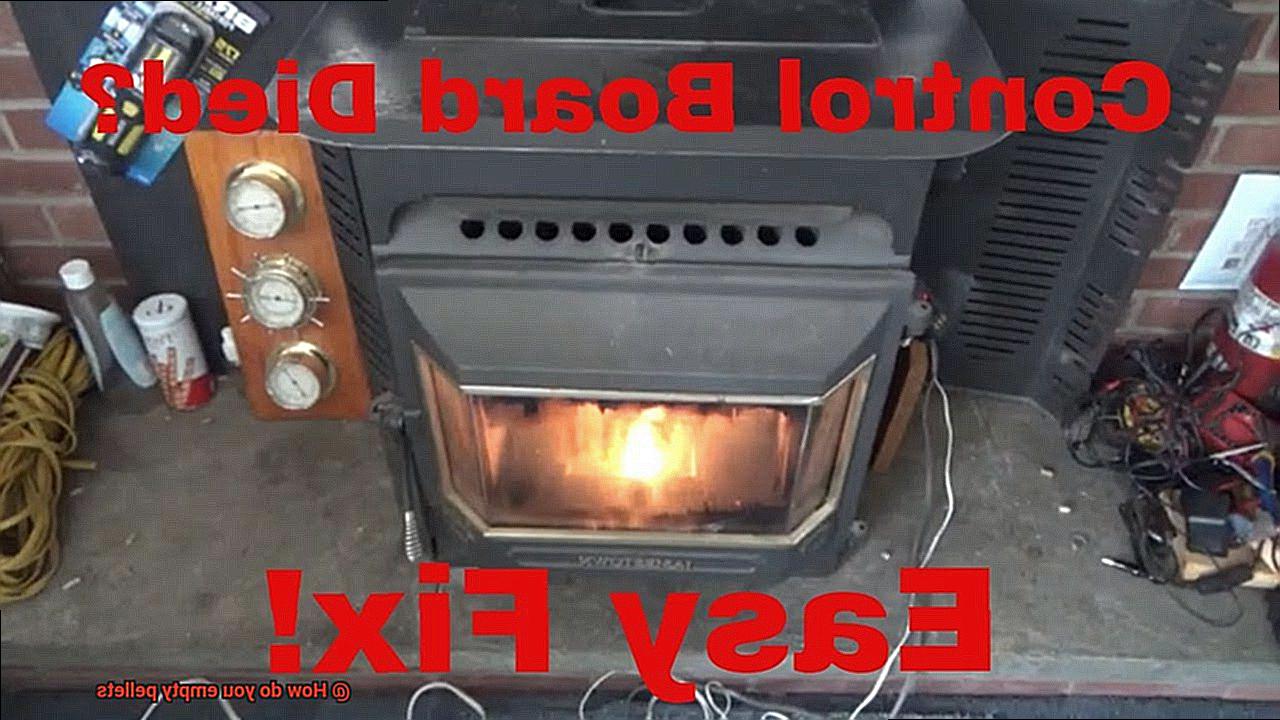
Pellets may be small and dense, but they can easily become airborne, leading to respiratory issues and eye irritations. This is why it’s crucial to take protective measures before beginning the process.
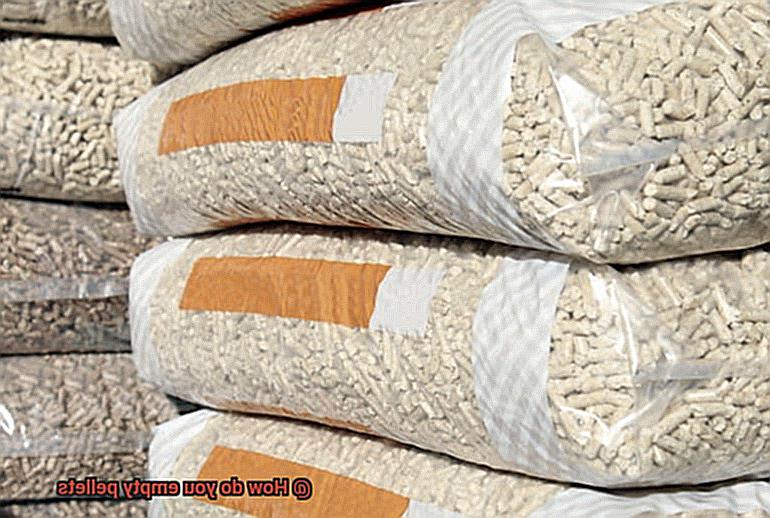
Firstly, personal protective gear should always be worn. Gloves, goggles, and a mask are necessary to prevent contact with skin and inhalation of dust particles that may cause harm. These items will safeguard you against any potential health hazards.
Another vital factor to consider is ventilation. It’s best to empty pellets outside or in an area with plenty of fresh air circulation to minimize the risk of inhaling any dust particles that may be released during the process. Proper ventilation will significantly reduce the chances of respiratory issues and other health concerns.
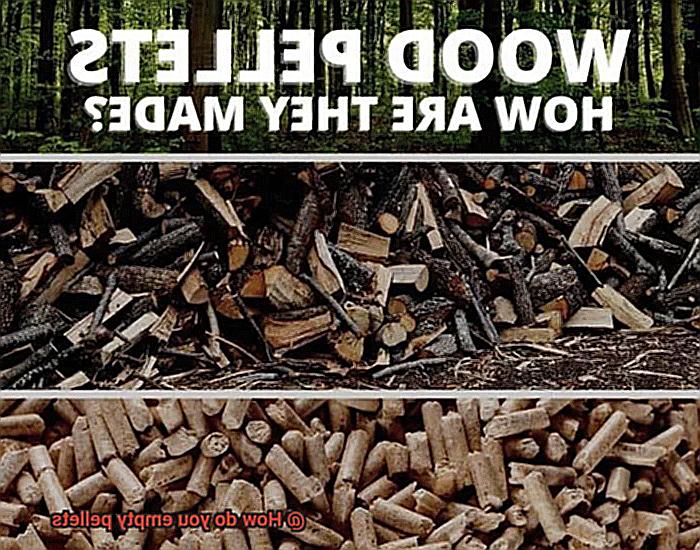
It’s equally important to read and follow the manufacturer’s instructions for your specific pellet grill. Some grills may have specific guidelines for safely emptying the pellets from the hopper. Adhering to these instructions will not only prevent injury but also ensure that your grill remains in top condition.
Lastly, always make sure that your grill is turned off and unplugged before attempting to empty the pellets. This simple step will prevent any accidents or mishaps while handling the pellets.
Step-by-Step Guide to Emptying Pellets
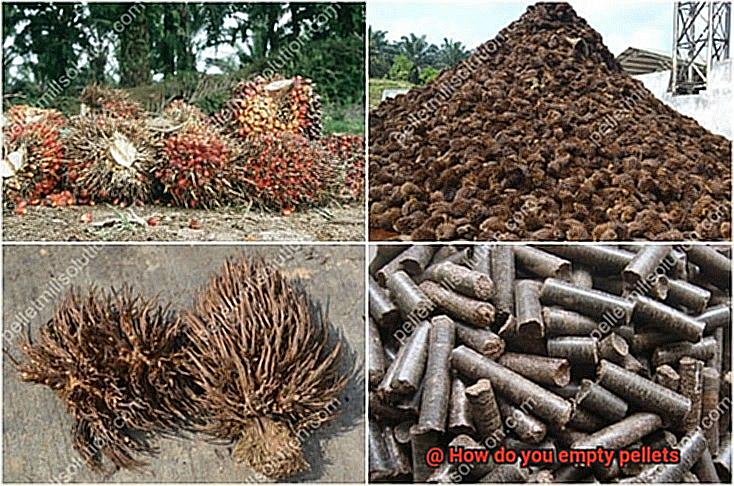
We have compiled a step-by-step guide on how to safely and effectively empty pellets from your grill.
Step 1: Turn off the Grill
Before you begin, ensure that your grill is turned off and has cooled down. This will prevent any accidents or burns while you work with the grill.
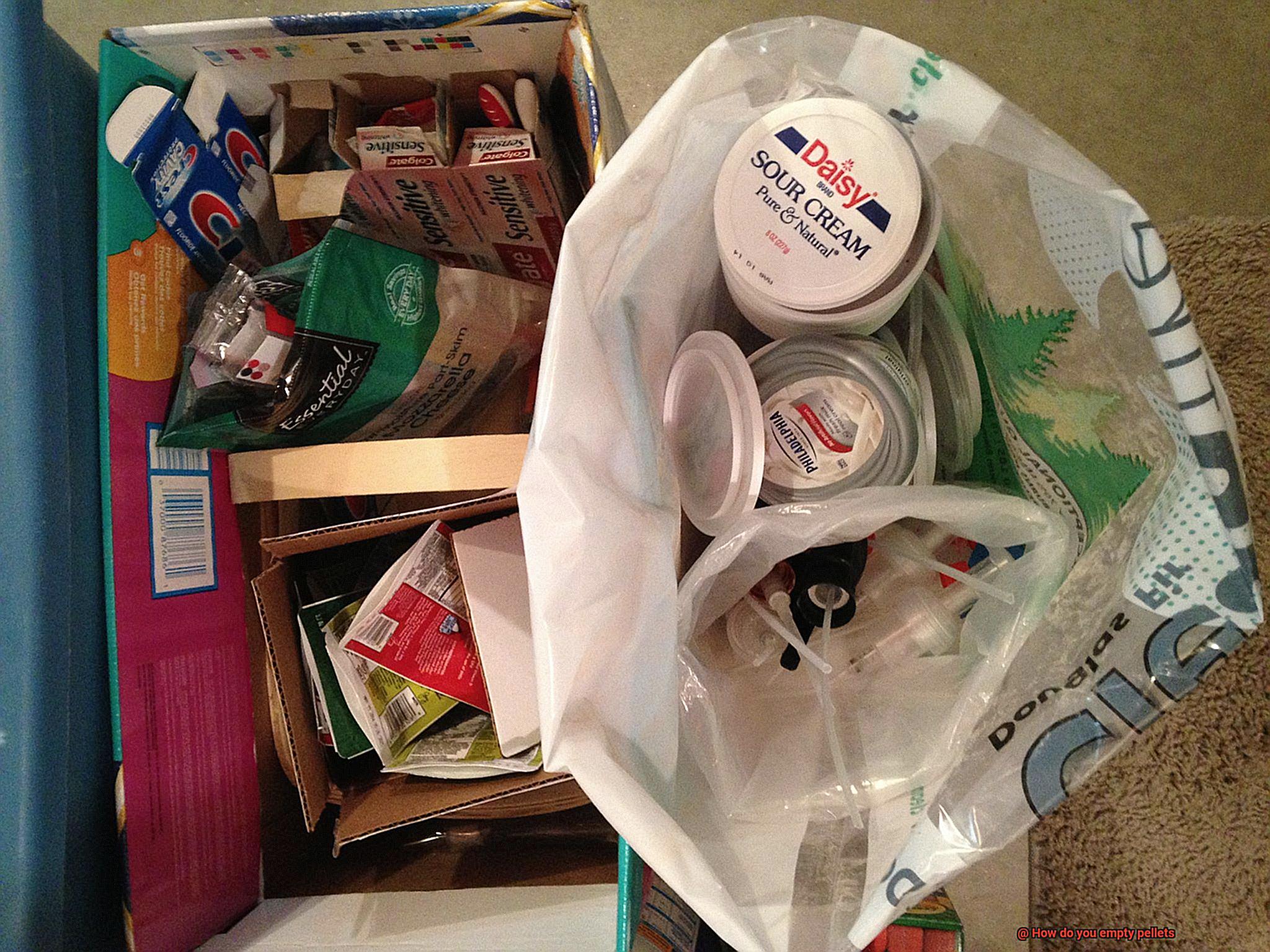
Step 2: Remove the Hopper Lid
The hopper lid is where you store your pellets, and it needs to be removed to access the pellets. Lift the hopper lid up and off of the hopper.
Step 3: Empty the Hopper
Using a scoop or vacuum, remove as many pellets as possible from the hopper. Be careful not to spill any pellets on the ground, as they can be hazardous.
Step 4: Clean Out the Hopper
After removing most of the pellets, clean out any remaining debris using a brush or cloth. This helps prevent clogs or buildup in your grill.
Step 5: Dispose of the Pellets
Dispose of the pellets either by throwing them away or saving them for future use. If you decide to keep them, store them in a dry, cool place to prevent moisture and mold.
Tips for Preventing Buildup or Clogs in the Auger System
Emptying pellets from your grill is essential to ensure its proper functioning. However, it’s not just about removing the pellets; you also need to take care of the auger system to prevent buildup or clogs that can affect the performance of your grill. As an expert, I have compiled some tips to help you maintain your grill and avoid any potential hazards.
Use High-Quality Pellets
Using high-quality pellets that are specifically designed for your grill is crucial. Lower quality pellets can contain more dust and debris that can clog the auger system. So, invest in good quality pellets to keep your grill running smoothly.
Keep Your Grill Dry and Cool
Moisture can cause pellets to swell, which can lead to clogs in the auger system. Additionally, high temperatures can cause pellets to melt and stick together, leading to clogs as well. Therefore, try to keep your grill in a dry and cool place to prevent such issues.
Regularly Clean Your Grill and Auger System
Cleaning your grill and the auger system regularly is essential to prevent buildup or clogs. Start by removing any leftover pellets from the hopper before adding new ones. You can use a soft brush or cloth to remove any debris or dust that may have accumulated in the auger system. Additionally, take apart the auger system and clean it thoroughly at least once a year.
Avoid Overfilling the Hopper
Overfilling the hopper with pellets can cause the auger to strain, leading to potential clogs or other issues. It’s best to fill the hopper about three-quarters full and add more as needed.
Pay Attention to Warning Signs
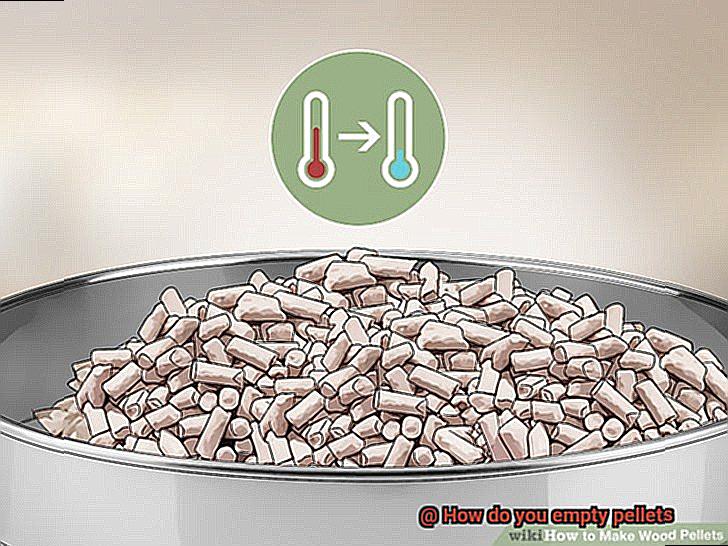
Pay attention to any warning signs of buildup or clogs in the auger system, such as unusual noises or inconsistent pellet feed. If you notice any of these signs, address the issue immediately before it causes damage to your grill.
Cleaning the Hopper After Emptying Pellets
That’s why cleaning the hopper after emptying pellets is a must to maintain your grill’s performance and longevity. Let’s take a closer look at the steps needed to achieve a clean and well-maintained hopper.
To begin with, safety should always be your top priority. So, unplug your grill and allow it to cool down completely before you start cleaning. This will prevent any injury or damage to your grill.
Once your grill has cooled down, remove any remaining pellets from the hopper by hand or with a vacuum. Remember not to use water or any cleaning agents to clean the hopper as this can cause damage to the internal components of your grill.
After removing all of the pellets, grab a dry cloth or brush and wipe down the inside of the hopper. Ensure that you get rid of any dust or debris that may have accumulated. You can use a dry cloth or brush with a bit of rubbing alcohol to help remove any stubborn residue.
The next step is critical. Plug your grill back in and let it run for a few minutes to burn off any remaining residue. This will ensure that your grill is ready for your next grilling session and performs at its best.
In summary, here are the critical steps needed to clean your hopper:
- Unplug and let your grill cool down
- Remove all remaining pellets by hand or with a vacuum
- Wipe down the hopper with a dry cloth or brush
- Use rubbing alcohol to remove stubborn residue if needed
- Burn off any remaining residue by plugging in and letting it run for a few minutes
Benefits of Properly Emptying Pellets
If so, you know that taking care of your grill and its components is essential for ensuring optimal performance. One of the most critical aspects of maintaining your grill’s longevity is properly emptying its pellets after each use. This small but crucial step is often overlooked, but it holds many benefits that can significantly improve your grilling experience.
Firstly, properly emptying pellets can prevent damage to your grill’s components. When pellets are left in the hopper for too long, they absorb moisture, which can lead to damage to the auger and motor. This type of damage can be costly and may even require replacing the entire unit. By taking the time to empty out any remaining pellets after each use, you can prevent this type of damage and keep your grill functioning optimally for years to come.
In addition to preventing damage to your grill, emptying pellets also helps maintain the quality of your food. Leftover pellets from previous meals can mix with new pellets and impact the flavor of your food. This can result in a less than desirable taste in your meat or other grilled foods. By properly emptying out any remaining pellets, you can ensure that your food is cooked with fresh and pure smoke flavor every time.
Properly emptying pellets also improves the efficiency of your grill. When there are leftover pellets in the hopper, they can create a blockage that causes uneven burning and temperature fluctuations. These fluctuations often lead to undercooked or overcooked food – a frustrating experience for any grill enthusiast. By taking the time to empty out all pellets after each use, you can ensure that your grill is functioning at optimal levels and producing evenly cooked food every time.
To sum it up, properly emptying pellets from your grill may seem like a small task, but it holds many benefits for those who love to grill. By doing so, you can prevent damage to your grill’s components, maintain the quality of your food, and improve the efficiency of your grill. Taking the time to properly empty out the pellets after each use can help ensure that your grill functions optimally for years to come.
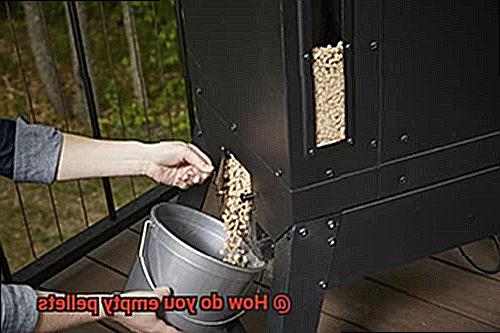
Potential Hazards from Not Emptying Pellets Properly
Grilling with pellets is a delicious way to cook up a storm, but it requires careful attention to detail. One of the most important steps that often goes overlooked is emptying pellets properly after each use. Failure to do so can lead to a host of potential hazards that can put both you and your equipment at risk.
Let’s dive into the dangers you need to be aware of when not emptying pellets properly:
Rodents and Other Pests
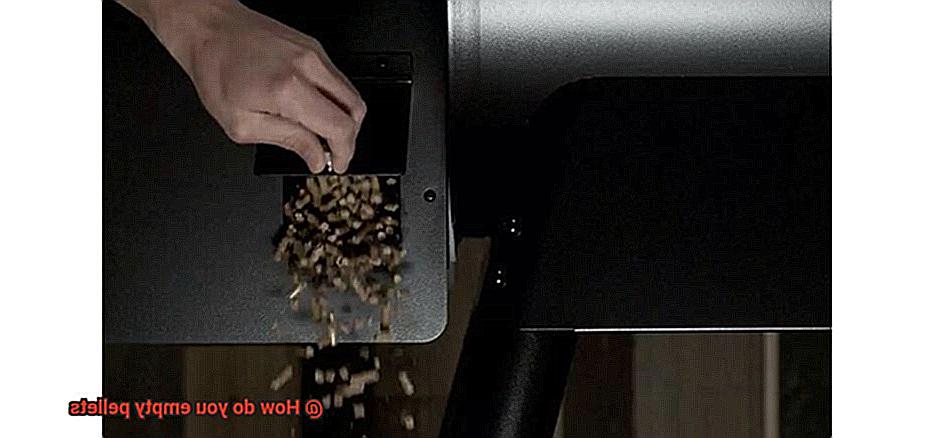
Leaving pellets in the hopper can attract rodents and other pests who will chew through bags and cause damage to the hopper. This can result in costly repairs or replacements that can be avoided by simply emptying the hopper after each use.
Mold Growth
Moisture can accumulate in the hopper if pellets are left inside, which leads to mold growth. Inhaling mold spores can cause respiratory problems, making it a serious health hazard. It’s important to ensure that your hopper is dry before storing it away.
Fire Hazard
Leftover pellets in the hopper can create a fire hazard if the grill is not properly cleaned after use, and pellets are left in the hopper. Pellets can ignite if they come into contact with heat or sparks, which can cause serious damage to both you and your equipment.
Poor Quality of Future Grilling Sessions
Old and stale pellets that have been left in the hopper for an extended period of time can affect the flavor of food, resulting in a less than desirable taste. This is because pellets lose their flavor over time when exposed to air and moisture.
To avoid these hazards, it’s crucial to empty your pellets properly after each use. Remove all pellets from the hopper and store them in a dry, cool place away from any pests or moisture. Regular cleaning and maintenance of your grilling equipment can also help prevent issues from arising.
pz80RL4VRTI” >
Conclusion
In conclusion, emptying pellets may seem like a walk in the park, but it requires some level of expertise and technique. Properly emptying pellets from your grill or storage container is essential for maintaining the longevity of your equipment, ensuring the quality of your food, and preventing potential hazards. Whether you’re using pellets for fuel or animal feed, safety precautions are crucial before beginning the process.
The two primary methods of emptying pellets are using a pellet scoop or a vacuum. However, personal protective gear such as gloves, goggles, and a mask is necessary to prevent contact with skin and inhalation of dust particles that may cause harm. Proper ventilation will significantly reduce the chances of respiratory issues and other health concerns.
Regular cleaning and maintenance of your grilling equipment can help prevent issues from arising. Always ensure that your grill is turned off and unplugged before attempting to empty the pellets. Additionally, use high-quality pellets specifically designed for your grill to avoid clogs in the auger system.
By taking the time to properly empty out any remaining pellets after each use, you can ensure that your grill functions optimally for years to come. So whether you need to empty pellets for your fireplace or furry friends’ food, follow these tips and tricks to make the task much more manageable.
Protect yourself from harm by wearing protective gear while handling pellets. With these precautions in mind, you can enjoy grilled meals without any worries about safety hazards.

